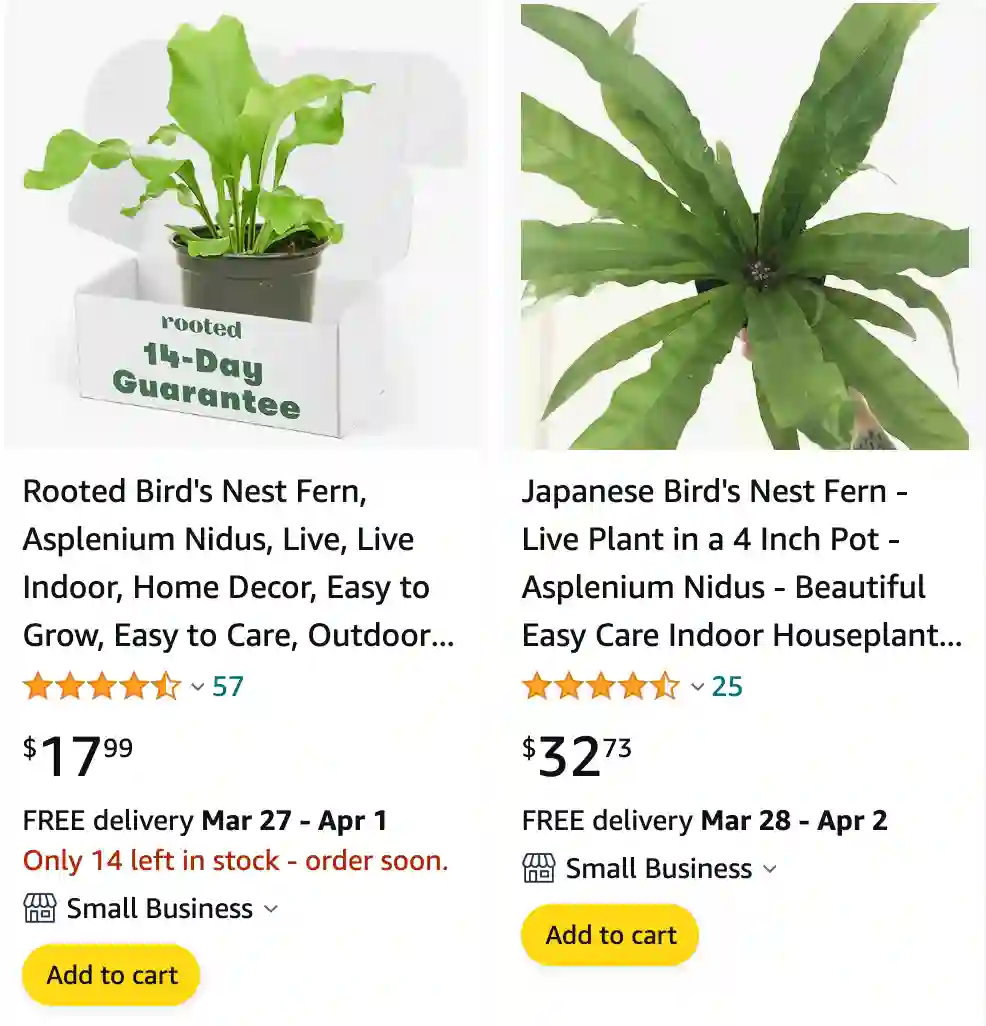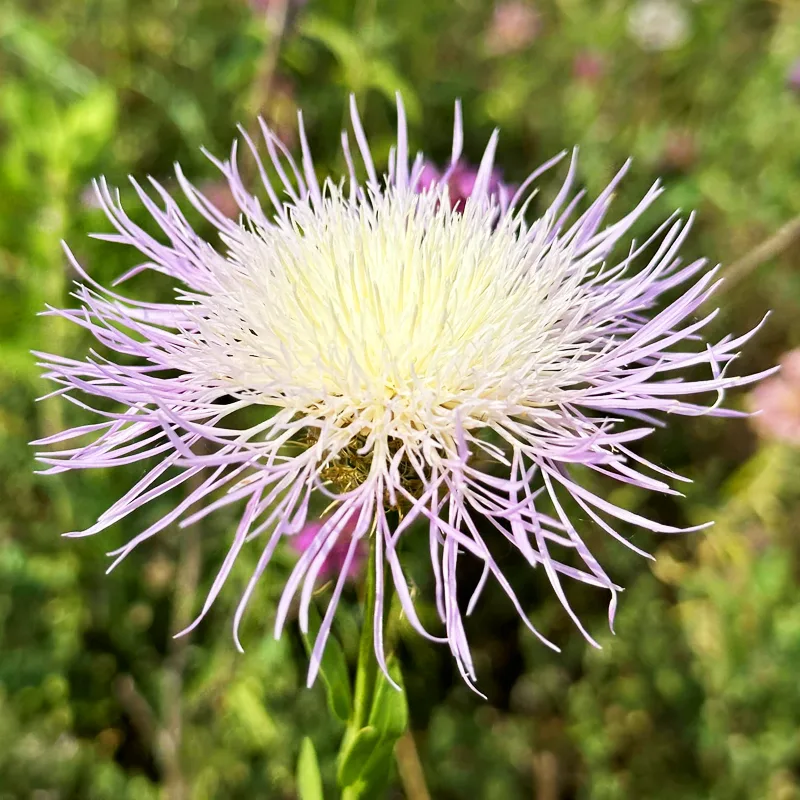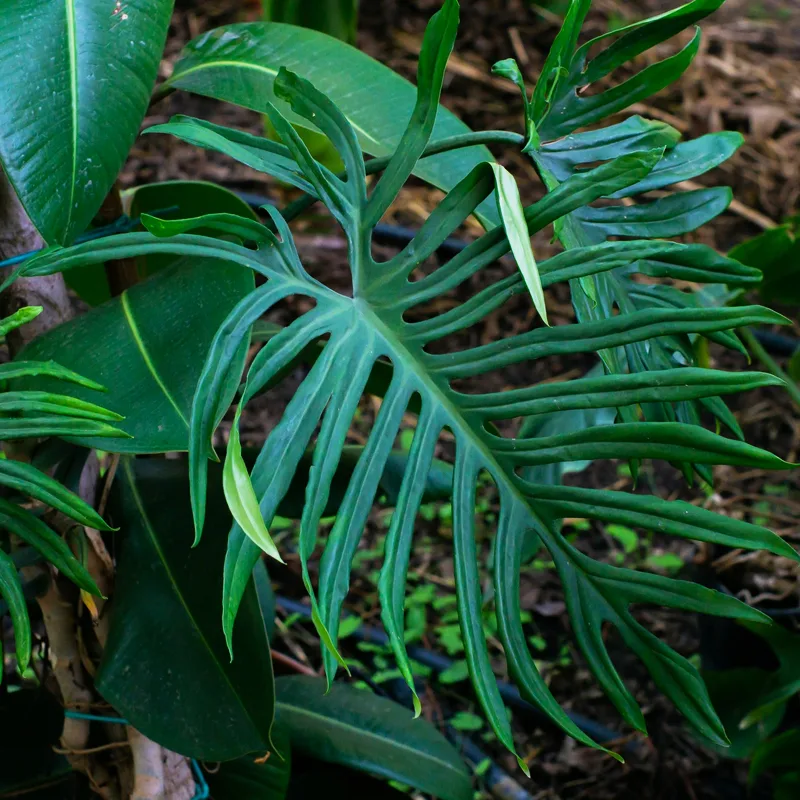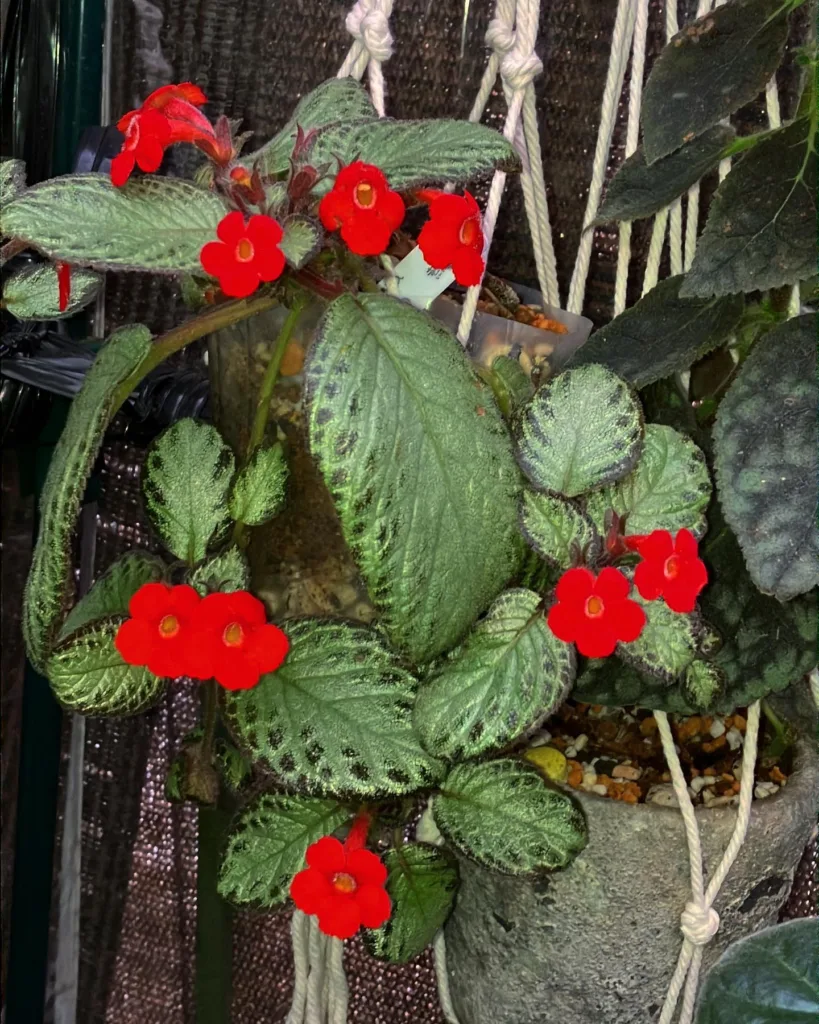
What is Japanese Asplenium Nidus Fern?
My love affair with houseplants began with a single, unassuming fern. It wasn’t a delicate fiddle leaf fig or a dramatic monstera – it was the Japanese Asplenium Nidus, also known as the Crispy Wave fern. This fern, with its vibrant green, undulating fronds, stole a place in my heart (and on my bookshelf) with its easygoing nature and undeniable charm.
908 Species in Genus Asplenium
The Japanese Asplenium Nidus is a tropical epiphyte, meaning it can grow on other plants in the wild. In our homes, it flourishes in pots, adding a touch of the rainforest to any space. Its sword-shaped fronds, boasting a unique, ruffled texture, cascade gracefully from a central rosette.
This fern isn’t just aesthetically pleasing; it’s a natural air purifier, removing toxins like formaldehyde and volatile organic compounds from our living environment.
How to care for Japanese Asplenium Nidus Fern?
The good news? This fern isn’t high-maintenance. Here’s what you need to know to keep your Crispy Wave happy and healthy:
- Light: Your fern prefers bright, indirect sunlight. Avoid harsh, direct rays that can scorch the leaves. An east-facing window is an ideal spot.
- Watering: Ferns love consistent moisture, but not soggy soil. Water deeply when the top inch of soil feels dry to the touch. During the winter months, you can reduce watering frequency.
- Humidity: As a tropical native, the Japanese Asplenium Nidus thrives in a humid environment. Group your fern with other humidity-loving plants or use a pebble tray filled with water to increase the moisture in the air.
- Soil: Opt for a well-draining potting mix that’s rich in organic matter. A mixture of potting soil, perlite, and orchid bark can work wonders.
- Fertilizer: During the growing season (spring and summer), a light application of liquid fertilizer once a month can give your fern a boost.
Is the Japanese Asplenium Nidus Fern Toxic to Cats?
This is a crucial question for cat owners like myself. Unfortunately, the answer is yes, the Japanese Asplenium Nidus fern is mildly toxic to cats. The fronds contain saponins, which can cause stomach upset, vomiting, and diarrhea if ingested.
If you have curious felines roaming your home, consider placing your fern in a location out of their reach, or opt for a pet-friendly alternative like a spider plant or a bromeliad.
Beyond the Basics: Tips for a Thriving Fern
- Repotting: As your fern grows, it might need a larger pot to accommodate its expanding root system. Repot every 2-3 years in spring using fresh potting mix.
- Propagation: Want to share the love? You can propagate your Japanese Asplenium Nidus fern by dividing the rhizome (the fleshy rootstock) when repotting.
- Common Problems: Brown or crispy leaves can indicate underwatering, low humidity, or excessive sunlight. Yellowing fronds might point to overwatering or a lack of nutrients. Address the underlying cause to revive your fern.
With a little TLC, your Japanese Asplenium Nidus fern will reward you with years of lush, textured foliage, bringing a touch of the tropics indoors. So, why not give this easy-to-care-for beauty a try?
If i die, water my plants!



